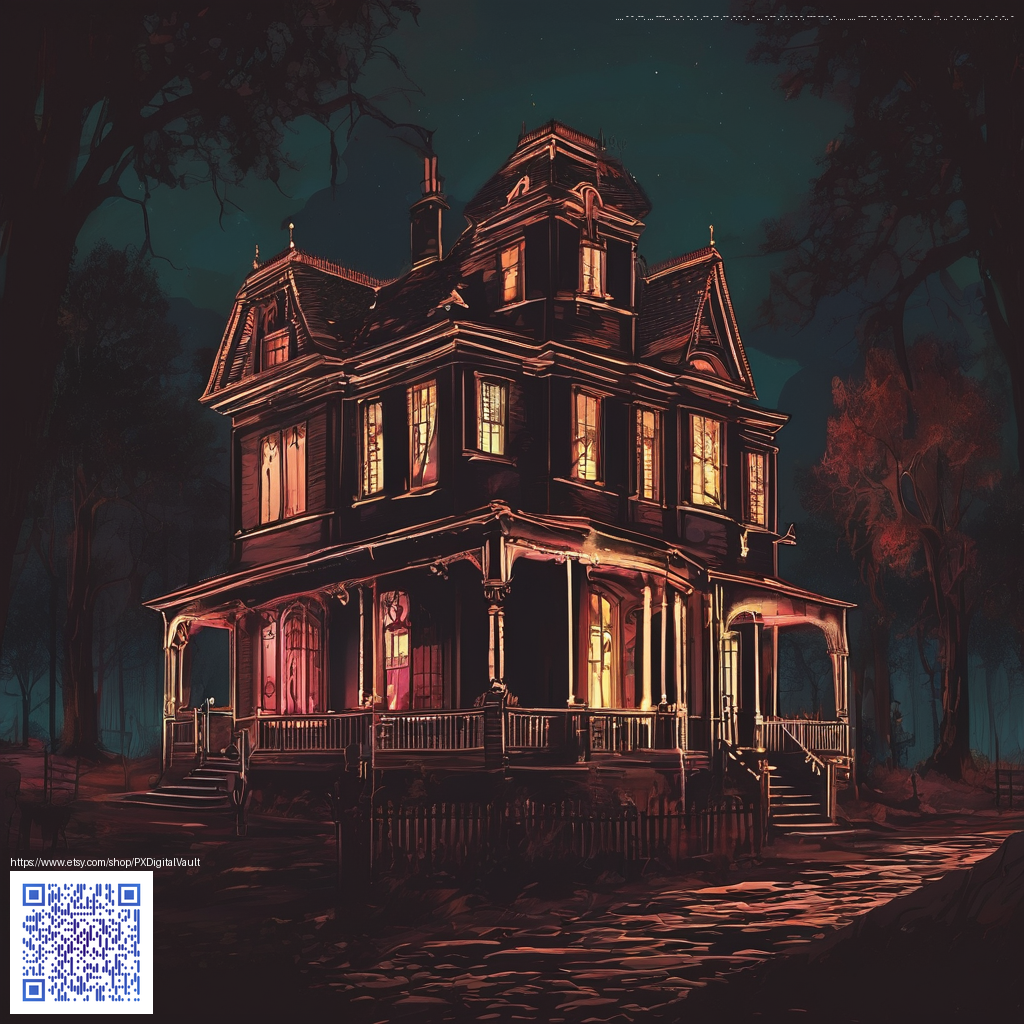
Digital Paper and the Future of Book Covers and Stationery
Digital paper is reshaping how designers approach surface design for two timeless mediums: books and personal stationery. It blends the tactile richness of traditional print with the versatility of digital workflows, enabling textures, colors, and finishes that were previously costly or limited to select print runs. In practice, digital paper allows authors, publishers, and creators topunctuate a story or brand with surface details that feel as thoughtful as the content itself.
Think of digital paper as a sophisticated playground for texture and tone. You can simulate handmade surfaces—felted fabrics, linen weaves, or brushed metals—without sacrificing consistency or scalability. The result is surfaces that photograph and print beautifully across multiple formats, from dust jackets to notebook covers and greeting-card stock. It’s especially compelling for indie teams and educational publishers who value customization without bloating budgets.
“Digital paper offers tactile depth without the constraints of traditional foil, emboss, or specialized stock. It opens new avenues for storytelling through surface as a second layer of narrative.”
When we talk about the practical benefits, several stand out. First, color fidelity and consistency: digital textures can be embedded into files at a high resolution, ensuring that a bold motif remains crisp from thumbnail to print. Second, customization at scale: small-batch prints or regional editions can feature distinct textures, colors, or designs without retooling presses. Third, production speed: digital paper workflows streamline proofs and revisions, making it easier to iterate on a cover or a stationery line in real time. Finally, sustainability often improves because you can optimize stock choices and reduce waste by printing only what you need for a given run.
Applications that spark creativity
- Book covers: Layered textures on a front cover can convey mood and genre at a glance, from moody noir finishes to vibrant, tactile abstracts that invite touch.
- Spine and back-cover storytelling: Subtle textures along the spine or back cover can echo interior themes, creating a cohesive reading experience even when the book is shelved away from the eye level.
- Stationery surfaces: Notebooks, planners, and greeting cards benefit from micro-textures that enhance grip, glare reduction, and perceived value.
- Packaging and ephemera: Endpapers, wraps, and wrap-around promos can carry textured accents that reinforce brand identity without loud embellishments.
For designers exploring this space, the workflow usually begins with digital texture libraries or hand-created scans, followed by careful calibration in color-managed environments. A practical tip is to test textures against real-world lighting scenarios; digital paper can shift differently under LED light, daylight, or shop lighting. The goal is to preserve legibility and visual impact across formats—e-books, print-on-demand, and traditional offset runs alike. If you’re curious to see how a bold, glossy surface can live in a product ecosystem, you can explore examples linked to this page, such as the neon-toned, glossy finish showcased by a popular product here: Neon Tough Phone Case – Impact Resistant, Glossy.
In essence, digital paper invites a shift from “one design fits all” to “designs tailored for the moment.” A page like this dedicated resource can serve as a hub for inspiration, showing how texture choices influence readability, shelf appeal, and user experience across a range of formats. It’s not just about looking good; it’s about feeling right in the hands and on the page.
As publishers and creators experiment with these digital textures, they rarely return to flat surfaces. The tactile language of digital paper—subtle grain, micro-embossed patterns, and color-rich overlays—adds a layer of storytelling that complements the narrative inside. The result is a more immersive, memorable product line that stands out in crowded markets and connects with readers who value craft as much as content.
Practical steps to begin your own digital paper project
- Define the surface narrative: what texture supports the story or brand voice?
- Source or create textures with repeatable patterns and color profiles suitable for multiple print runs.
- Test across devices and formats to ensure readability and visual impact in both print and digital catalogs.
- Prototype with small batches to refine textures before committing to full production.
- Document texture choices in your style guide to maintain consistency across future releases.
Incorporating digital paper into book covers and stationery is less about replacing traditional methods and more about expanding the designer’s toolkit. The nuanced surface becomes a companion to the typography, illustration, and layout, helping narratives breathe on the page in fresh, tactile ways.